Hanoi, the vibrant capital of Vietnam, is a city that encapsulates a myriad of experiences from ancient historical landmarks to bustling cultural hubs and serene natural attractions to tantalizing culinary delights. Every corner of Hanoi teems with a story, and as you move from one locale to another, you’re met with a juxtaposition of the old and the new, the tranquil and the bustling. This guide will navigate you through the most engaging spots to include on your visit, ensuring a comprehensive experience of what Hanoi has to offer.
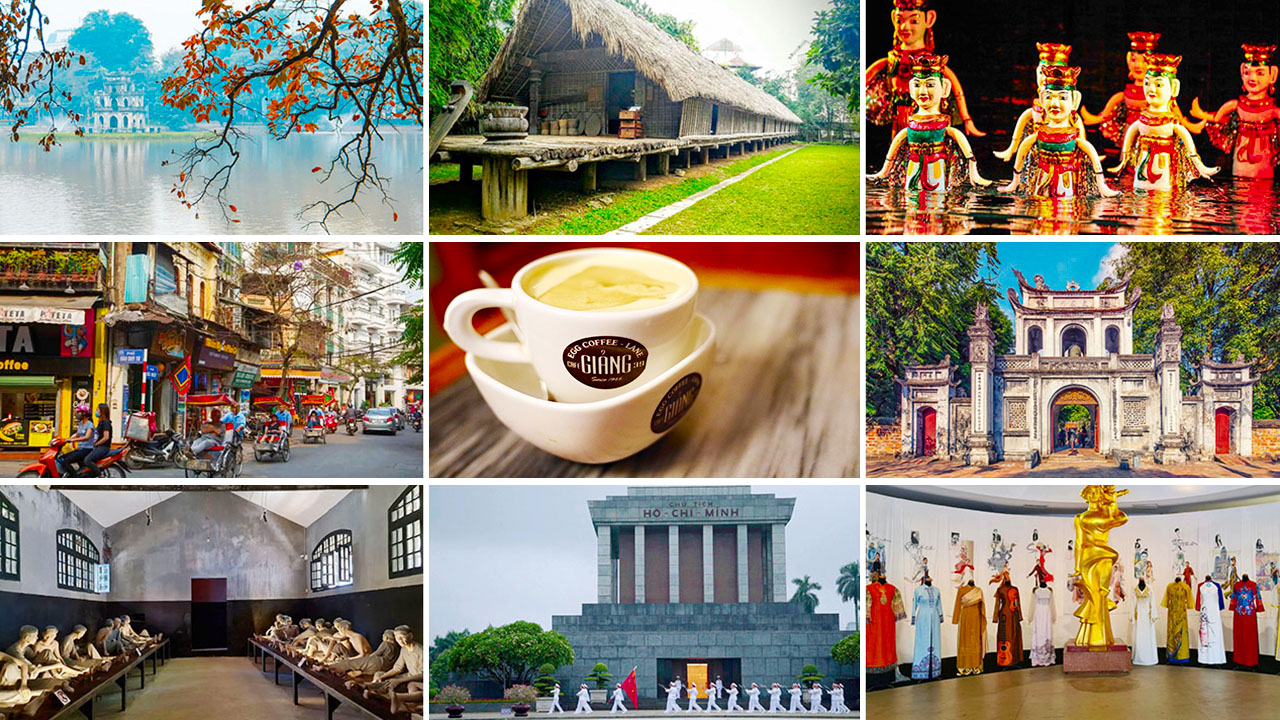
Order Soma Online Historical Landmarks
Hanoi’s historical landmarks provide a window into Vietnam’s rich, tumultuous past. From colonial remnants to sites of revolutionary significance, these landmarks allow you to traverse the narratives that have shaped the city and the nation.
https://dradrianomastologia.com/contato/ Hoa Lo Prison
Hỏa Lò Prison, commonly referred to as the “Hanoi Hilton,” is an emblematic historical site initially constructed by the French colonizers in 1896. The prison was intended to incarcerate Vietnamese political prisoners who resisted French rule. The term “Hỏa Lò” translates to “fire stove,” a nod to the traditional pottery village that existed in the area before the prison’s establishment. This historic setting underscores its significance in Vietnamese history.
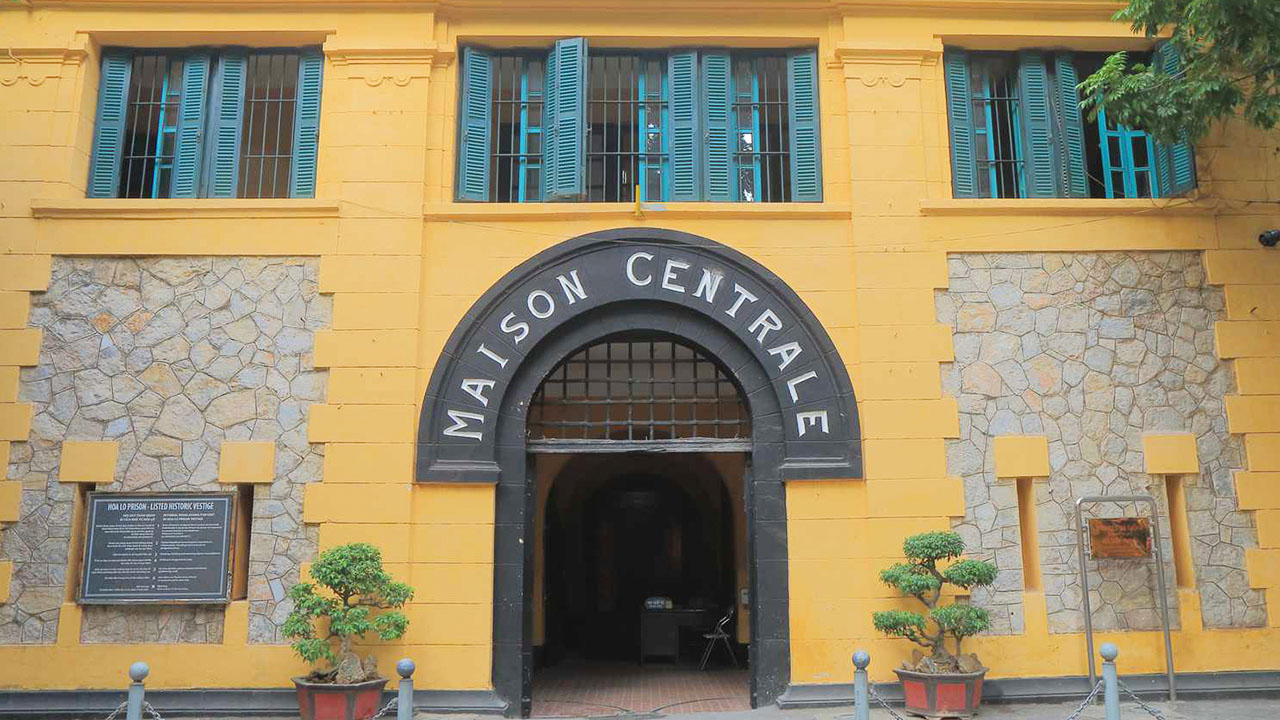
The prison spans over 12,000 square meters and includes various buildings such as administrative offices and multiple cells designed to confine prisoners under harsh conditions. These cells were infamous for their cramped, dark spaces and iron shackles. A particularly grim feature was the guillotine, frequently employed for executions during the early 20th century under French control.
Post-Vietnamese Revolution in 1954, Hỏa Lò Prison transitioned to detain American prisoners of war during the Vietnam War, with notable figures like U.S. Senator John McCain being held here. Although conditions improved slightly during this period, accounts of mistreatment were still prevalent.
In 1993, much of the prison was demolished to make room for modern developments. However, a section has been preserved as a museum, now a draw for both local and international tourists. Exhibits include photographs, artifacts, and multimedia presentations that vividly recount the prison’s history and the struggles faced by its inmates. Visitor hours extend from 8:00 AM to 5:00 PM daily, with a modest entrance fee of 30,000 VND.
The prison serves as a stark reminder of Vietnam’s strife for independence, symbolizing resilience and the grim reality of colonial exploitation. It stands today as an educational site, offering insights into Vietnam’s fraught journey towards sovereignty and the sacrifices endured.
Ho Chi Minh Mausoleum
Located in Ba Dinh Square, the Ho Chi Minh Mausoleum is the final resting place of Ho Chi Minh, the founding father of the Democratic Republic of Vietnam. This monumental site is where Ho Chi Minh declared Vietnam’s independence from French colonial rule on September 2, 1945. The mausoleum, inaugurated on August 29, 1975, epitomizes national reverence for the leader affectionately known as “Uncle Ho.”
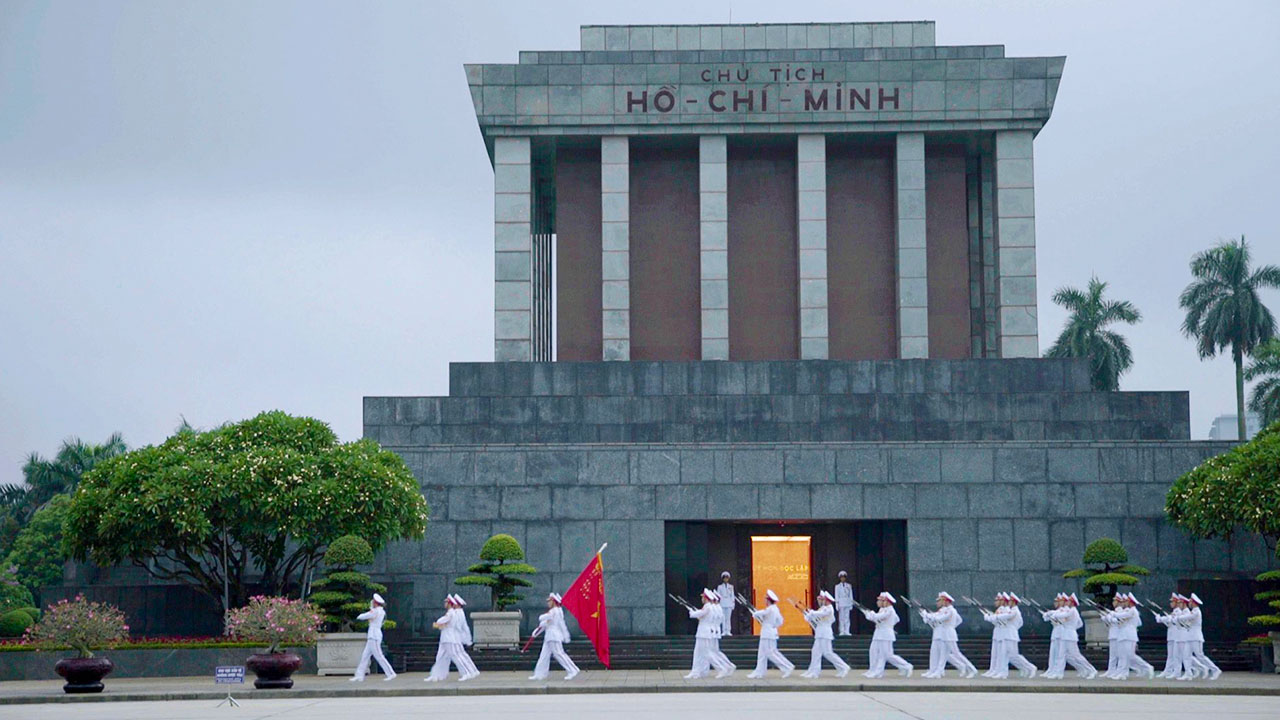
Architecturally, the mausoleum exudes stripped classicism, crafted from grey granite and red marble. It stands 21.6 meters tall and 41.2 meters wide, featuring a three-tiered platform base that draws inspiration from Lenin’s Mausoleum in Moscow. Nevertheless, it incorporates distinctive Vietnamese elements like a sloping roof.
Visitors can pay their respects from Tuesday to Sunday, with visitation hours varying slightly by season. Admission is free for Vietnamese citizens, while foreign visitors pay a nominal fee. The decorum is strictly enforced: utmost silence, proper attire, and no photography are mandated.
Inside, Ho Chi Minh’s embalmed body rests in a glass case, vigilantly protected by military honor guards. The surrounding lush gardens and Ba Dinh Square amplify the solemn atmosphere, with beautifully maintained vegetation representing diverse regions of Vietnam.
Imperial Citadel of Thang Long
Another essential historical destination in Hanoi is the Imperial Citadel of Thang Long. This UNESCO World Heritage Site situated in central Hanoi has served as the political hub for various Vietnamese dynasties since the 11th century. It showcases a blend of Vietnamese, Chinese, and French architectural influences, reflecting the citadel’s longstanding historical significance.
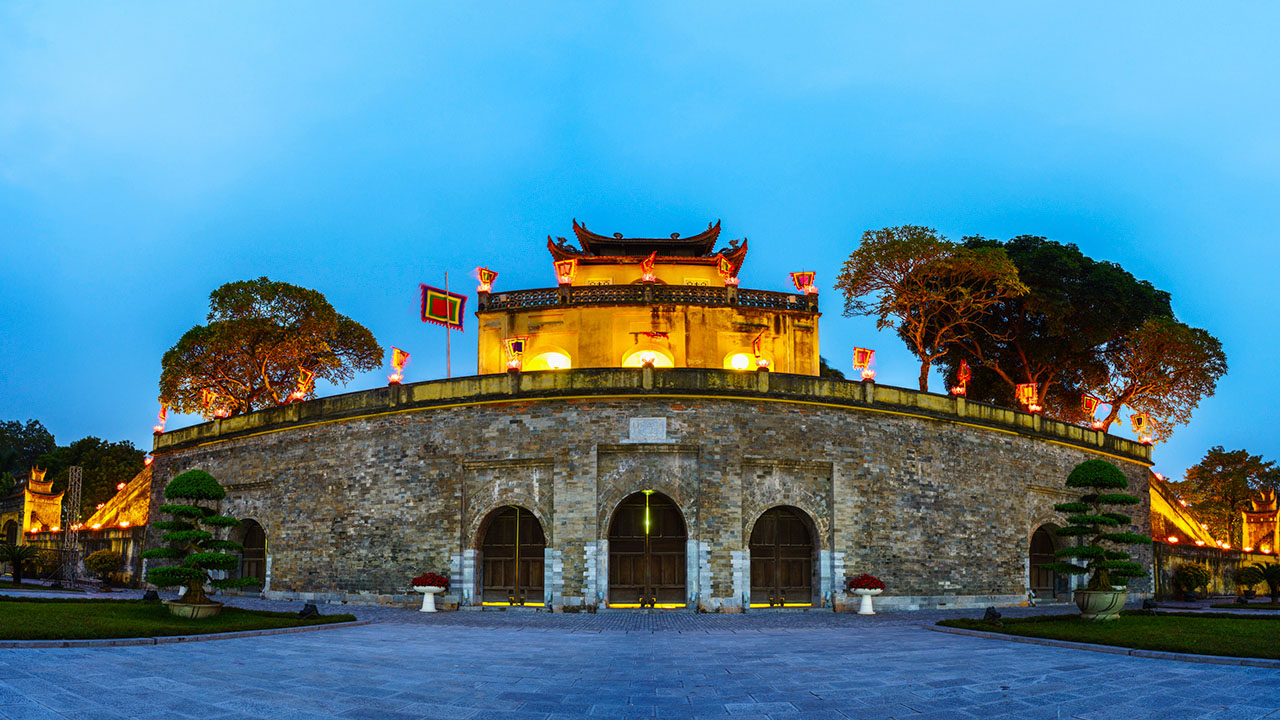
The site contains remnants of ancient royal palaces and structures like the Citadel Wall, which exhibit traditional Vietnamese architecture intertwined with Chinese stylistic elements. The standout feature is the Flag Tower, an iconic symbol of Hanoi itself.
Open year-round with an entry fee, the Imperial Citadel invites you to explore its expansive grounds, ruins, museums, and exhibitions that offer a thorough journey through its storied past. Guided tours can enhance visitors’ historical understanding, making the visit even more enriching.
https://realitiesphotography.com/category/wedding-photojournalist/ St. Joseph’s Cathedral
Nestled in Hanoi’s Old Quarter, St. Joseph’s Cathedral, also known as Nhà thờ Lớn Hà Nội, is a towering example of Neo-Gothic architecture built between 1886 and 1891 during French colonial rule. The cathedral’s twin bell towers, 41.5 meters tall, are reminiscent of Notre Dame de Paris and are prominent features of Hanoi’s skyline.
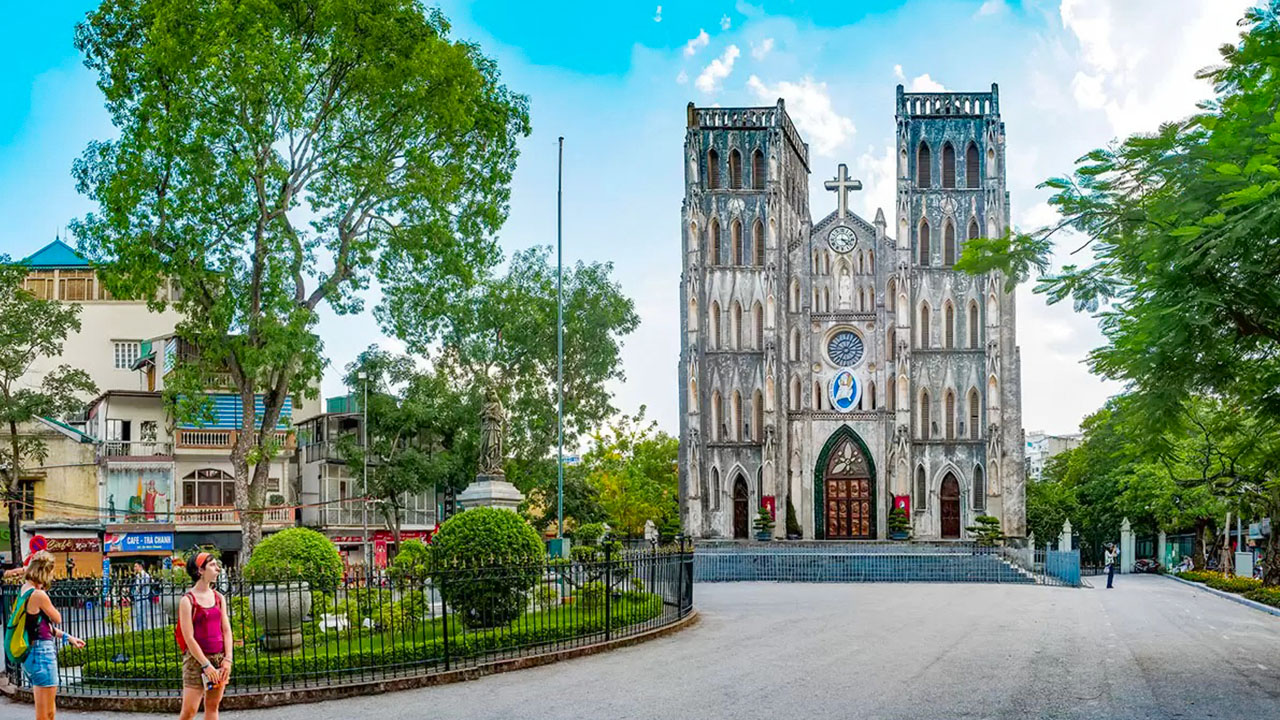
Replacing an ancient Buddhist pagoda called Bao Thien, the cathedral incorporates pointed arches, flying buttresses, and ornate stained-glass windows depicting biblical scenes. Its interior boasts high ceilings, marble altars, and intricately carved wooden pews, creating an awe-inspiring atmosphere for both worship and reflection.
St. Joseph’s serves as the main church for Hanoi’s Archdiocese, hosting regular masses and ceremonies including weddings and funerals, making it a cultural and religious beacon for the local Catholic community. The cathedral is open to tourists daily, except during service times, promising an immersive exploration of its architectural splendor and historical significance.
A visit to St. Joseph’s Cathedral and its surrounding Old Quarter, brimming with traditional shops, cafes, and local eateries, offers an enriched cultural experience. This area is a microcosm of Hanoi’s vibrancy, intertwining historical and contemporary elements that make for a compelling exploration.
Cultural Experiences
Hanoi’s cultural landscape is as diverse as its history, offering experiences that range from traditional performing arts to profound ethnological studies. These cultural sites shed light on the customs, traditions, and artistic endeavors that define Vietnamese heritage.
https://rheumatologyde.com/osteoporosis/ Thang Long Water Puppet Theatre
A quintessential cultural destination in Hanoi is the https://osteomedical.com.br/ancoras-sinfix/ Thang Long Water Puppet Theatre located at 57B Dinh Tien Hoang Street. It presents traditional Vietnamese water puppetry, an art form rooted in the Red River Delta. As the only theatre in Asia that offers year-round water puppet performances, it is instrumental in preserving and promoting this unique cultural heritage.
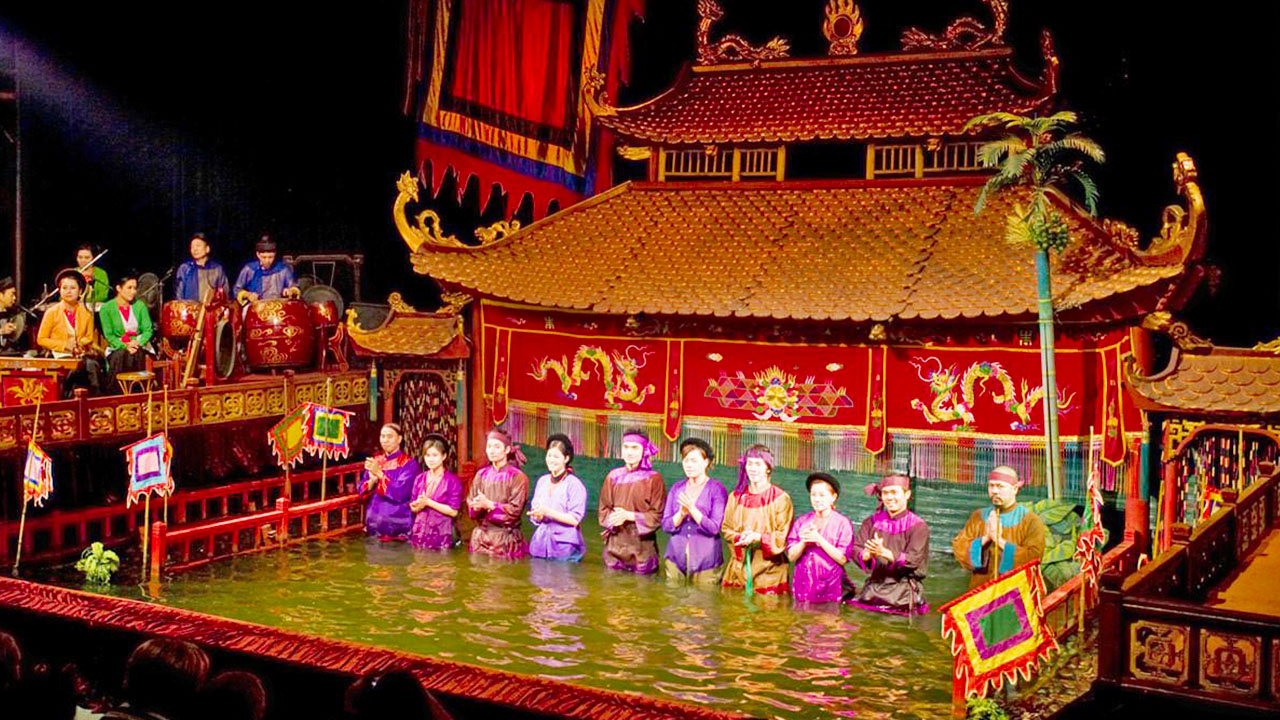
Each performance at the theatre lasts about 50 minutes, featuring intricate stories and traditional music that recount historical events and Vietnamese legends. Iconic characters like Teu humorously address societal issues, while folk tales explore the country’s agricultural heritage and mythical dances of dragons and phoenixes.
Ticket prices range from 100,000 VND for common tickets to 200,000 VND for VIP seats, and shows run multiple times daily, making it convenient to fit a performance into any travel itinerary.
Museum of Ethnology
Another prominent cultural site is the Vietnam Museum of Ethnology. This museum delves into the life and traditions of Vietnam’s 54 ethnic groups through engaging exhibits and immersive displays. Located at Nguyen Van Huyen Street, the museum’s collections offer profound insights into the cultural fabric of the nation.
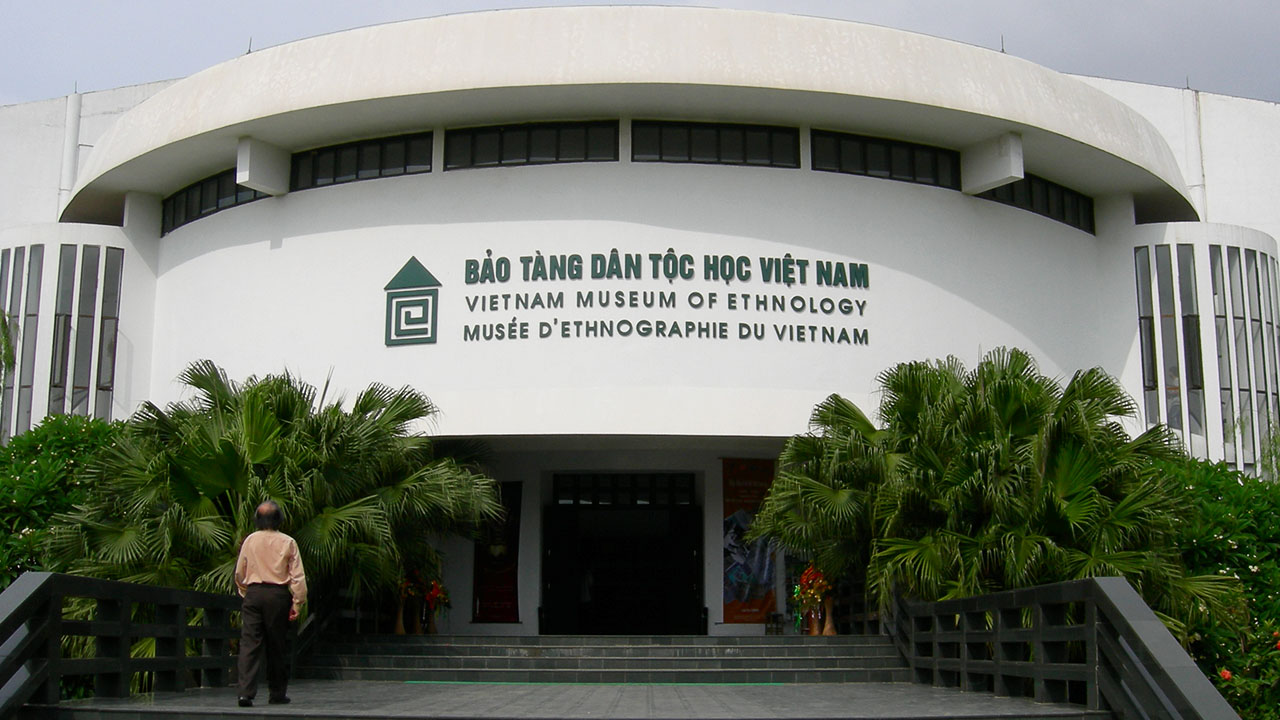
Key exhibits include detailed representations of traditional houses and artifacts, multimedia displays, and various cultural events and workshops. These programs allow visitors to engage deeply with the local traditions and understand the sociocultural dynamics of Vietnam.
https://www.runningmechanics.com/level-2/ Vietnamese Women’s Museum
The Purchase Tramadol Vietnamese Women’s Museum, situated at 36 Ly Thuong Kiet Street, celebrates the pivotal roles of women in Vietnamese society. Established in 1987, the museum houses around 40,000 documents and artifacts, showcasing women’s contributions in family life, wartime history, and cultural rituals.
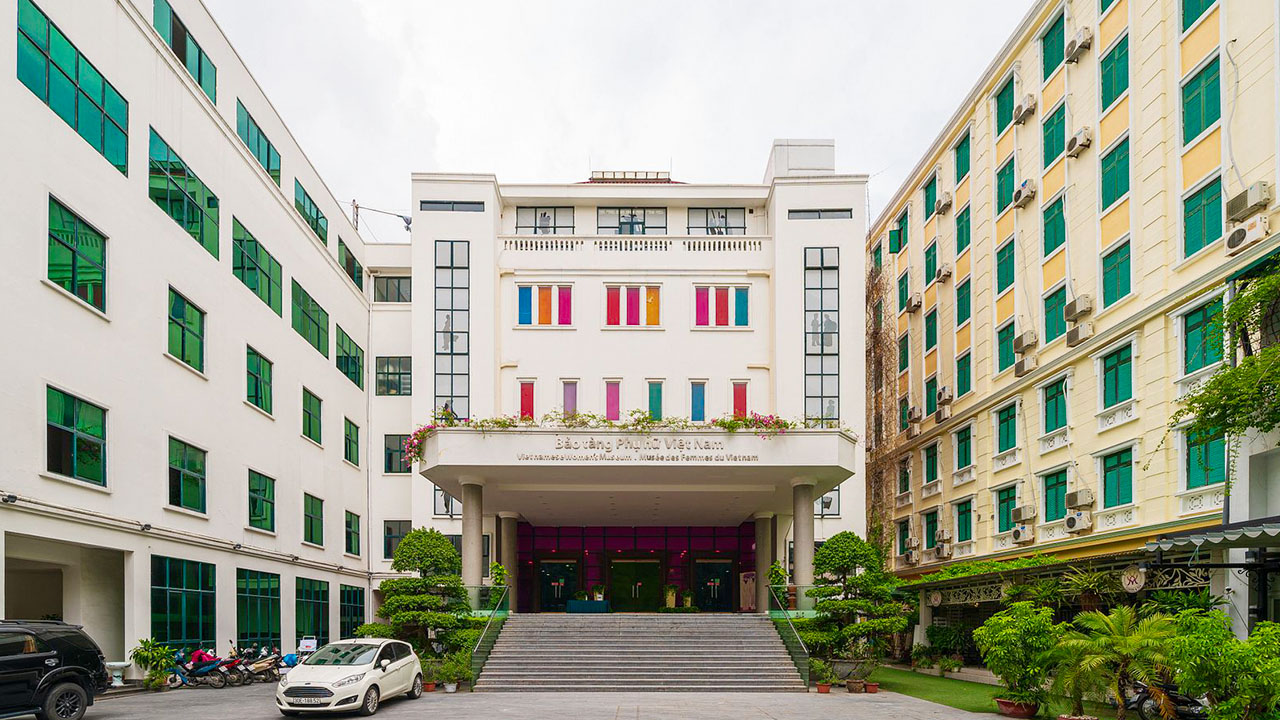
Its exhibits like “Women in Family,” “Women in History,” and “Women’s Fashion” provide a comprehensive understanding of women’s impact across various spheres. The museum frequently organizes thematic exhibitions and events aimed at raising awareness about women’s issues, providing an enriching educational experience.
Visiting hours are from 8:00 AM to 5:00 PM daily, with an entrance fee of 40,000 VND for adults and free for children under ten.
Temple of Literature
The Temple of Literature (Văn Miếu), located in Dong Da District, is another must-visit cultural site. Established in 1070 under the Ly Dynasty as a Confucian temple, it later evolved into Vietnam’s first university. The complex features traditional Vietnamese architecture, including multiple gates, courtyards, and pavilions. The Khue Van Pavilion, a prominent symbol of literature and education, is particularly noteworthy.
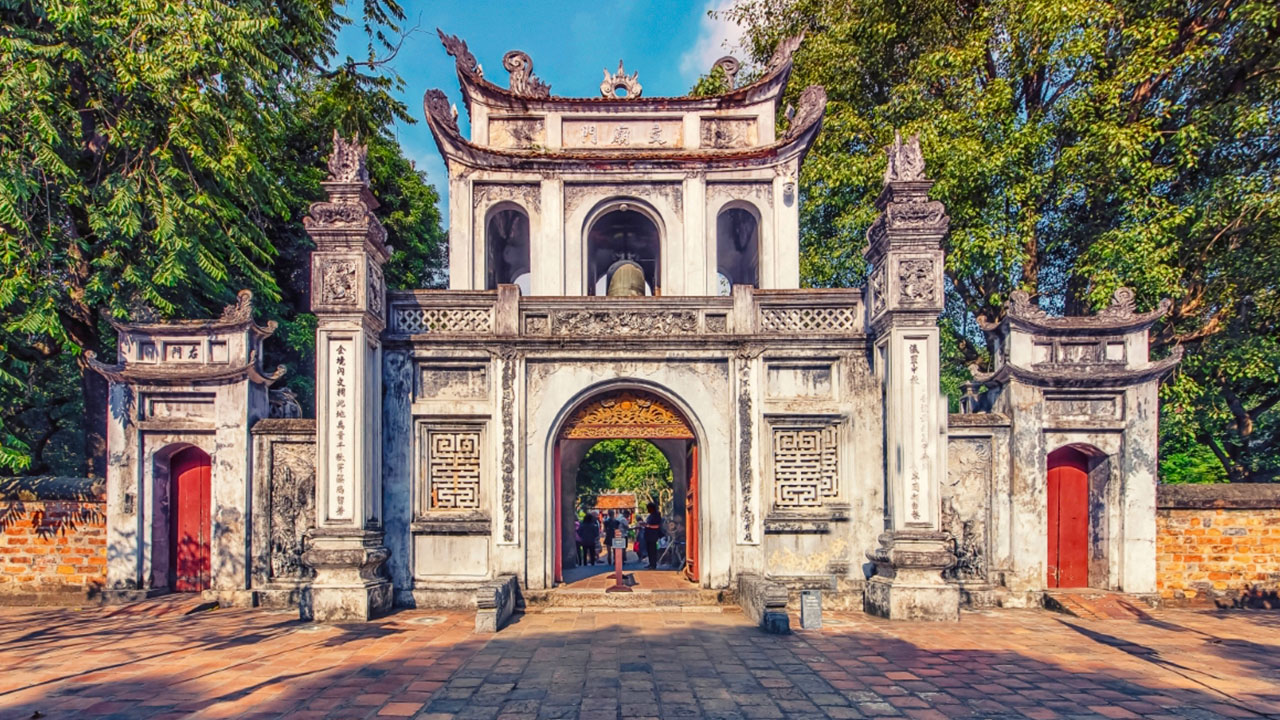
Open every day, the Temple of Literature is not just a historic edifice; it also hosts traditional activities like poetry festivals, cultural celebrations, and educational ceremonies. Entry costs 30,000 VND per person, and the site offers a rich cultural tapestry resonating with Vietnam’s scholarly heritage.
Order Soma 350Mg Online Natural Attractions
Hanoi’s natural attractions provide a serene respite from the urban hustle, offering picturesque landscapes and scenic beauty coupled with rich historical significance.
Hoan Kiem Lake
A central jewel of Hanoi is Hoan Kiem Lake (Lake of the Restored Sword). Spanning around 12 hectares with a 1.75-kilometer shoreline, this freshwater lake is a serene natural haven amidst the bustling city life. Its greenish waters and beautiful surroundings have earned it a special place in both the hearts of locals and the itineraries of tourists.

The legend of Emperor Le Loi and the magical sword bestowed by the Golden Turtle God imparts the lake with rich historical mythology, leading to its name. Its notable landmarks include:
- Ngoc Son Temple (Temple of the Jade Mountain): Located on an island in the lake, accessible via the iconic red The Huc Bridge. This temple honors General Tran Hung Dao.
- The Huc Bridge: The vibrant red “Rising Sun Bridge” connects the mainland to Ngoc Son Temple and is a favorite photography spot.
- https://www.brigantesenglishwalks.com/isaacs-tea-trail/ Turtle Tower (Tháp Rùa): Positioned on an island in the lake, it symbolizes Hanoi and echoes the legend of the Golden Turtle.
- Buy Tramadol 100 Mg Pen Tower (Tháp Bút): This 19th-century structure resembles a brush pen, symbolizing education and literature.
Visitors can enjoy walking, jogging, morning Tai Chi, and photography. It’s particularly breathtaking in autumn (September to November) when the cooler weather and golden foliage create a picturesque setting.
Buy Carisoprodol Online West Lake

https://www.eidyncare.co.uk/about-us/ West Lake (Hồ Tây) is the largest freshwater lake in Hanoi, stretching over 17 kilometers in circumference and covering more than 5 square kilometers. This expansive lake offers a tranquil escape along with numerous cultural and recreational experiences.
Noteworthy attractions around West Lake include:
- Buy Soma Overnight Tran Quoc Pagoda: The oldest Buddhist pagoda in Hanoi, established in the 6th century. This serene spot is known for its intricate statues and peaceful ambiance. It’s open daily from 8:00 AM to 4:00 PM with a nominal entry fee.
- Cycle Paths and Water Sports: Visitors can bike around the lake or engage in water activities.
- Cafés and Local Delicacies: The area is dotted with cafes and eateries offering picturesque views and local specialties like West Lake shrimp cakes.
- Buy Tramadol Online Overnight Delivery Sunrise and Sunset Views: Particularly stunning, these views are perfect for peaceful strolls and photography.
Tran Quoc Pagoda
Situated on an island in West Lake, Tran Quoc Pagoda (Chùa Trấn Quốc) is the oldest Buddhist temple in Hanoi. Originally built in the 6th century, it has endured the test of time and remains a symbol of Vietnamese Buddhism.
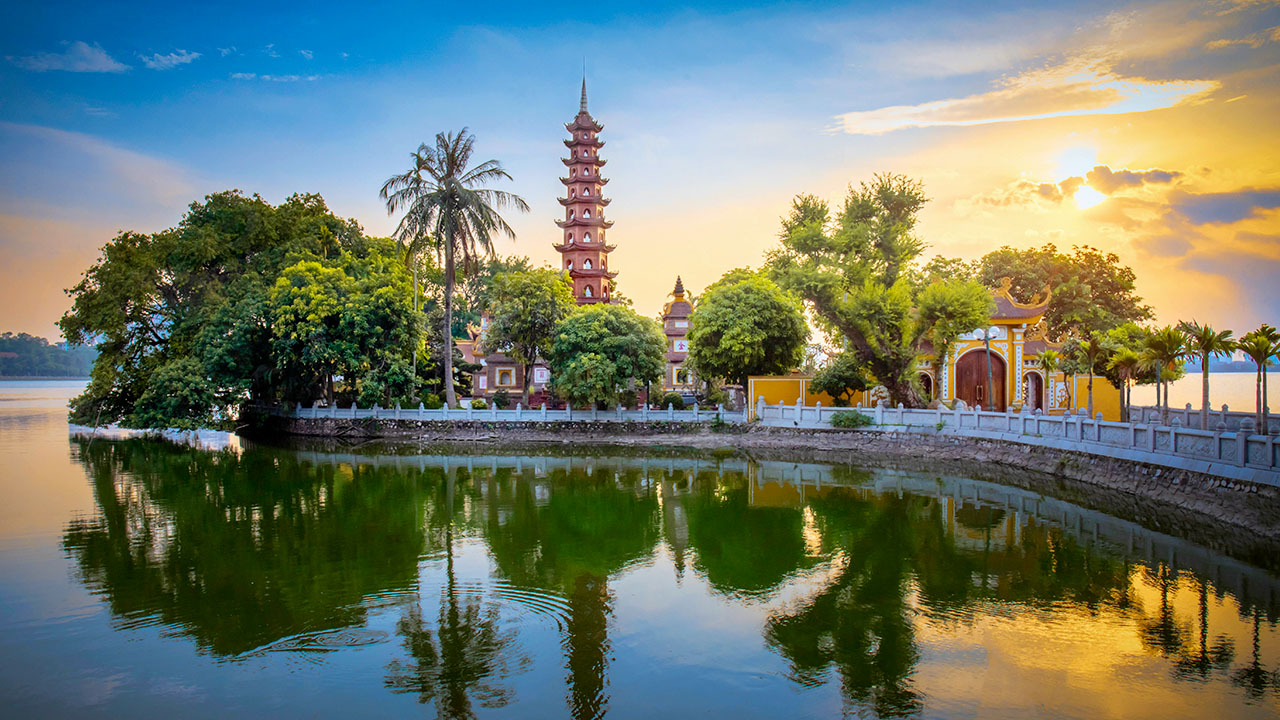
The pagoda’s architecture includes an elegant 11-story structure, intricately carved statues, and a serene environment, ideal for meditation. Visitors can explore the historical and religious significance of this tranquil island from 8:00 AM to 4:00 PM daily, with an entrance fee of about 5,000 VND.
Lotte Tower Observation Deck
For a panoramic view of Hanoi, the Lotte Tower Observation Deck on the 65th floor of Lotte Center is unparalleled. Standing at 272 meters, it offers a 360-degree view of the city, with landmarks like the Red River, Hoan Kiem Lake, and the Old Quarter visible from this vantage point.
The observation deck features attractions such as the Sky Walk, a glass-floored pathway that gives the sensation of walking in the air, and the Augmented Reality Photo Zone, which offers fun and interactive photo opportunities with 3D images of Hanoi.
Culinary experiences are also available, with the Angel-in-us Coffee Shop offering beverages with spectacular views. The best time to visit is late afternoon to catch the mesmerizing sunset over the city.
Culinary Highlights
Hanoi is a culinary playground, where every dish tells a story of tradition, innovation, and rich flavors. From street food vendors to iconic cafes, the city’s culinary landscape is a feast for the senses.
Banh Mi 25
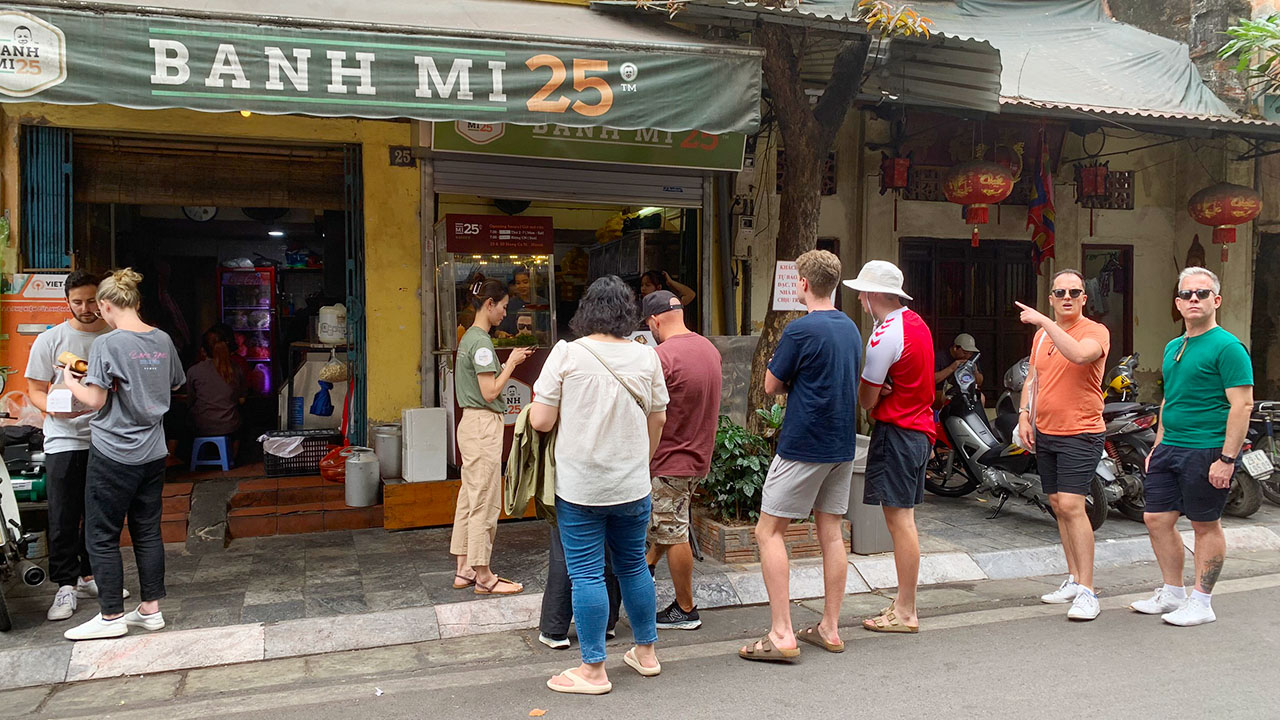
Located at No. 25 Hang Ca Street in the Old Quarter, Banh Mi 25 is a celebrated venue for Vietnamese sandwiches. The eatery’s dedication to using fresh, high-quality ingredients stands out, offering crispy baguettes filled with various meats, pate, and fresh vegetables. Their commitment to a plastic-free environment adds to their popularity. Operating from 7 am to 9 am, it’s perfect for an early meal.
Pho Bat Dan
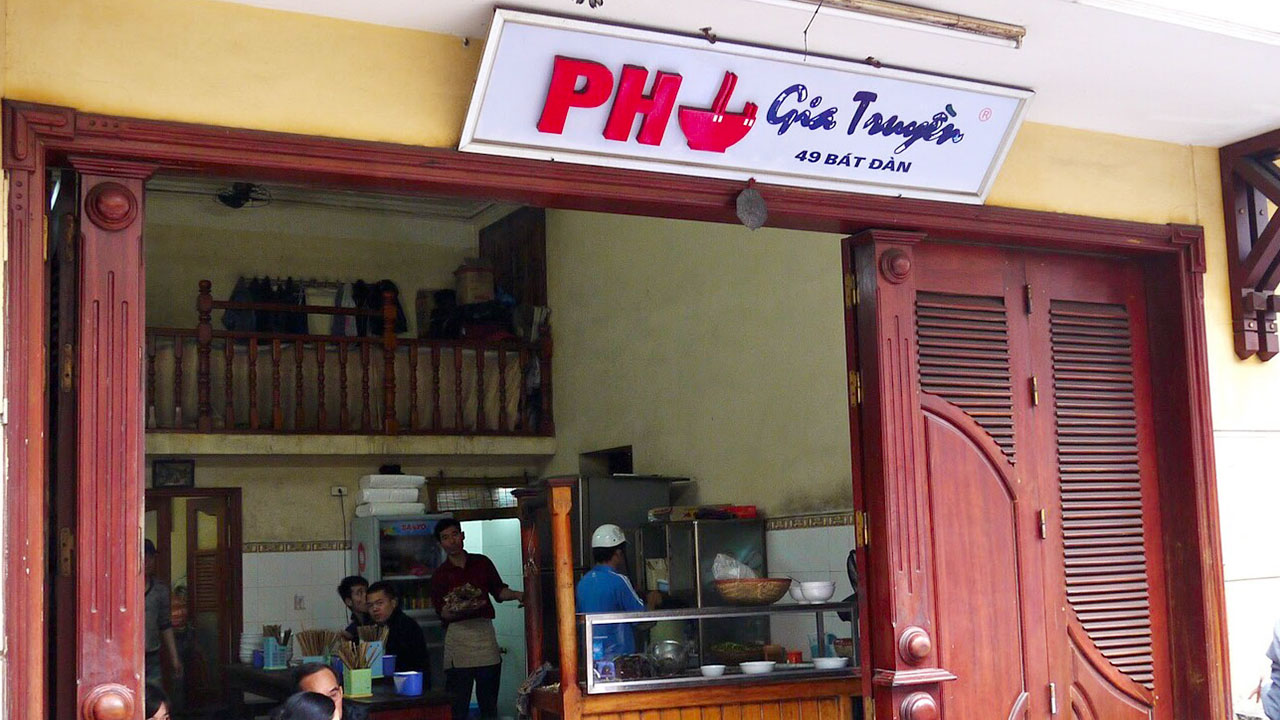
Situated at No. 49 Bat Dan Street, Pho Bat Dan is synonymous with traditional Vietnamese pho. The broth, richly flavored from hours of simmering beef bones, combined with tender rice noodles and fresh herbs, captures the essence of Hanoi’s culinary spirit. Offering various cuts of beef, it allows diners to personalize their pho, making it an essential stop for authentic Vietnamese cuisine.
Cha Ca Thang Long
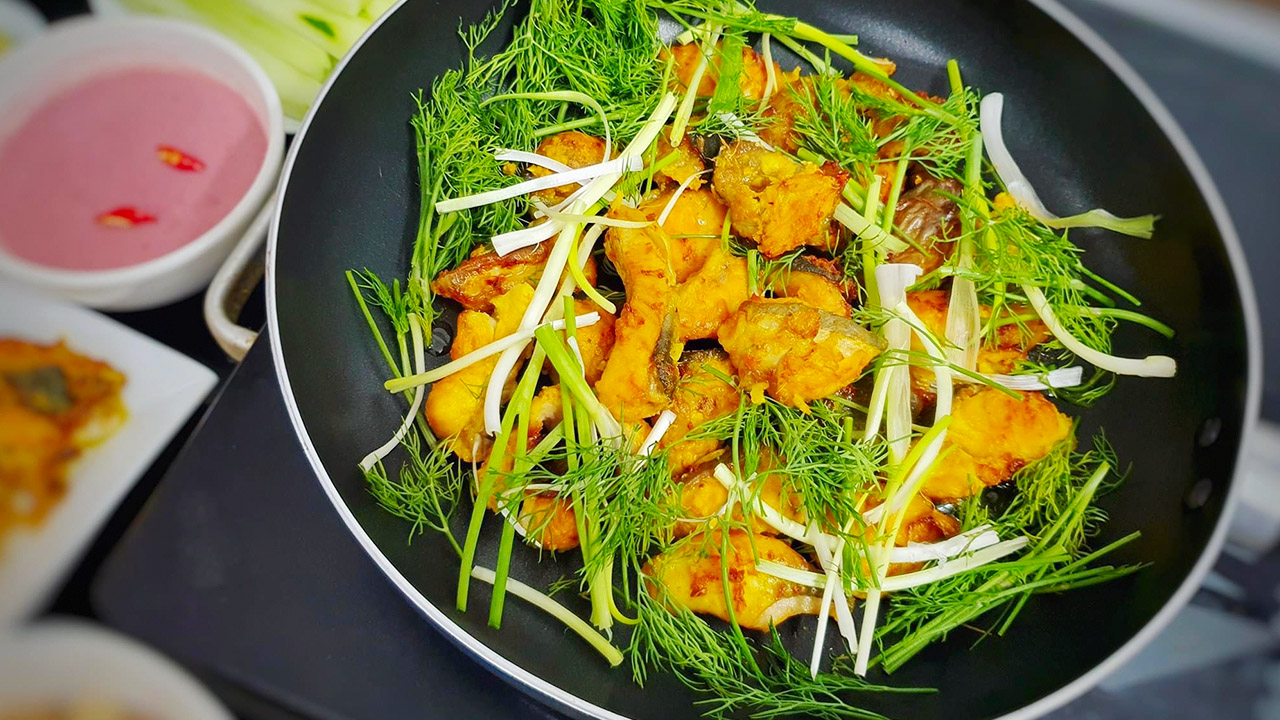
Cha Ca Thang Long is a signature Hanoi dish, featuring grilled catfish marinated with turmeric and galangal, served hot with herbs like dill and scallions. It’s accompanied by rice vermicelli and a tangy fish sauce dipping liquid. Specialized restaurants offer an immersive culinary experience, highlighting the chefs’ skills and the dish’s rich flavors.
Egg Coffee at Giang Cafe
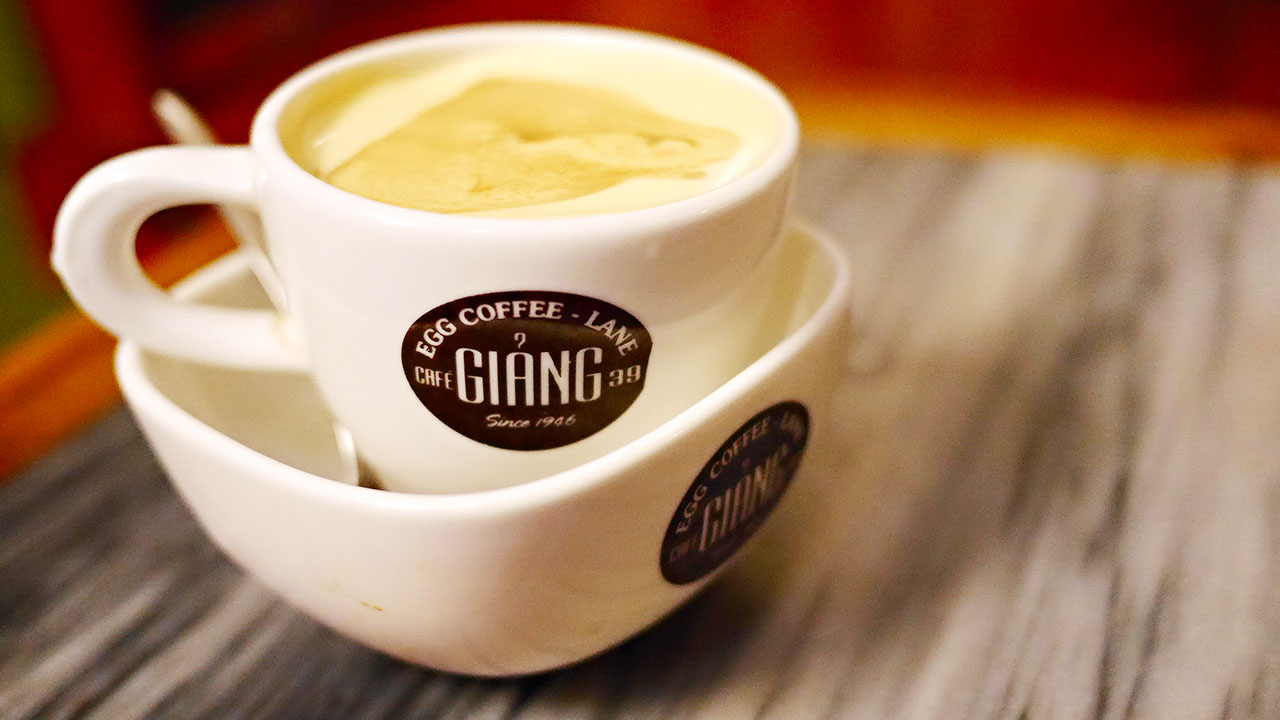
Giang Cafe, nestled in Hanoi’s Old Quarter, is renowned for its unique egg coffee (cà phê trứng). Created by Mr. Nguyen Van Giang during a coffee shortage in 1946, this beverage features egg yolks whisked with sweetened condensed milk and sugar atop strong Vietnamese coffee. The result is a frothy, meringue-like topping with a rich and creamy flavor. Giang Cafe offers a cozy ambiance, perfect for savoring this iconic drink.
Conclusion
Hanoi is a city that beautifully marries its historical grandeur with vibrant cultural experiences and natural beauty with culinary delights. Whether you’re wandering through its ancient streets, marveling at its architectural wonders, or indulging in its diverse food offerings, Hanoi promises a tapestry of experiences that celebrate the rich heritage and dynamic spirit of Vietnam.


